 The density of zirconia ceramics is between 5.95-6.05 g/cm3. It is a high-composite new material product, which is widely used in the field of structural ceramics. It has self-lubricating properties, which can solve the pollution caused by the medium and the inconvenience of adding; high toughness, high temperature resistance, no static electricity, good insulation, strong corrosion resistance and other advantages. So what are the differences between solid phase diffusion welding and brazing of zirconia ceramics? Pintejin Ceramics is a high-tech enterprise specializing in the production and precision machining of ceramics. At present, Pintejin Ceramics has a number of CNC machine tools including Beijing Jingdiao, as well as machining equipment such as precision grinders and forming equipment such as isostatic pressing and sintering furnaces. And provide full-process services to ensure stable product quality and fast delivery. Below, the editor of Pintejin Ceramics will introduce to you the common welding methods of zirconia ceramics.
The density of zirconia ceramics is between 5.95-6.05 g/cm3. It is a high-composite new material product, which is widely used in the field of structural ceramics. It has self-lubricating properties, which can solve the pollution caused by the medium and the inconvenience of adding; high toughness, high temperature resistance, no static electricity, good insulation, strong corrosion resistance and other advantages. So what are the differences between solid phase diffusion welding and brazing of zirconia ceramics? Pintejin Ceramics is a high-tech enterprise specializing in the production and precision machining of ceramics. At present, Pintejin Ceramics has a number of CNC machine tools including Beijing Jingdiao, as well as machining equipment such as precision grinders and forming equipment such as isostatic pressing and sintering furnaces. And provide full-process services to ensure stable product quality and fast delivery. Below, the editor of Pintejin Ceramics will introduce to you the common welding methods of zirconia ceramics.
- The first thing to say is that fusion welding is not suitable for welding zirconia ceramic structural parts, and solid-phase diffusion welding and brazing are more suitable for product welding, and have been applied. The difference between solid-phase diffusion welding and brazing is as follows: solid-phase diffusion welding has avoided the problem of wetting of metal to zirconia ceramic structural parts, but solid-phase diffusion welding requires the entire welding interface to maintain close contact, so for the machining interface The precision requirements are particularly high, and solid-phase diffusion welding is not suitable for complex interfaces and large-area welding; there are two methods for brazing ceramics. In addition to the active solder method, there is another method, which was developed relatively early. , is a surface metallization method of zirconia ceramic structural parts used in conjunction with conventional brazing filler metals. But it has a disadvantage that the process is very complicated. Brazing is very limited by wettability, but it does not require high machining accuracy of the welding surface, and is more suitable for complex interfaces and large-area welding.
- Secondly, in addition to these, the solid-phase welding method of zirconia ceramic structural parts is not only diffusion welding, but also microwave welding and friction welding, but this method has many shortcomings and is not yet mature. For example, microwave welding is not suitable for free and metal welding. It uses the characteristics of zirconia ceramic structures to absorb microwaves and then performs heating and diffusion bonding; friction welding is difficult to achieve results for hard and brittle ceramic materials, which is applied in an instant. Very large pressure achieves bonding through large deformation, so microwave welding and friction welding have shortcomings and are not yet mature.
The above is about the common welding methods of zirconia ceramics. Whether it is metal filler material welding zirconia ceramic structural parts or zirconia ceramic structural parts and metal welding, there will be some combination problems, so choose the appropriate one according to the actual specific situation. The welding method can reflect the quality and aesthetics of the product. Pintejin Ceramics has a strong development and production capacity, applying advanced production equipment and reasonable and innovative production technology, and is an enterprise specializing in ceramic machining. Pintejin Ceramics has won the praise, trust and support of our customers for its high-quality products, good reputation, superb technology, quality assurance and professional services. If you want to know more about zirconia ceramics, please call Pintejin Ceramics: 134_128_56568, we will solve your questions.
About China Advanced Ceramic CNC Machining Company – Be-Cu
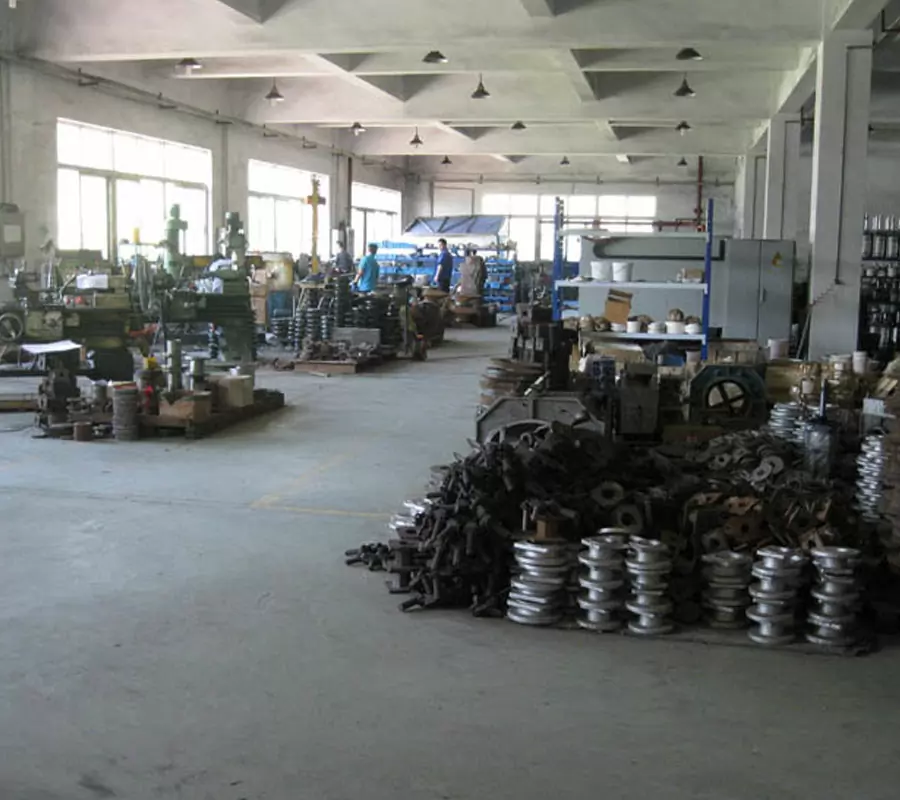
Manufacturer of precision machined components. Ceramic cnc machining components include high dielectric strength, electrical & corrosion resistance, & non-porous & non-shrinking properties.Manufacturer of high temperature fabricated and machinable ceramics including alumina, glass-ceramic, alumino-silicate, boron nitride and zirconium phosphate. Adhesives, coatings and potting compounds to 3200 degrees F,Air firing services for ceramics up to 1650 degrees C also available. Products include insulators, guides, washers, tubes, blocks, & rods for thermal, electrical, corrosion exposure, structural, wear, & semi-conductor operations. Services include machining to tolerances of +/- .0001, ultrasonic core drilling, centerless grinding, milling, & ID & OD threading.Surface grinding, dicing, OD (outer dia.) grinding, ID (inner dia.) grinding, centerless grinding, hole drilling, jig grinding, lapping, honing & polishing service are also available. Diamond grinding with dimensional tolerances of 5 microns & surface finishes of 0.2 microns (8 micro-in.) can be performed.Blanket orders and AutoCAD files & other 3d files accepted.Contact us for your machining ceramic project!
-
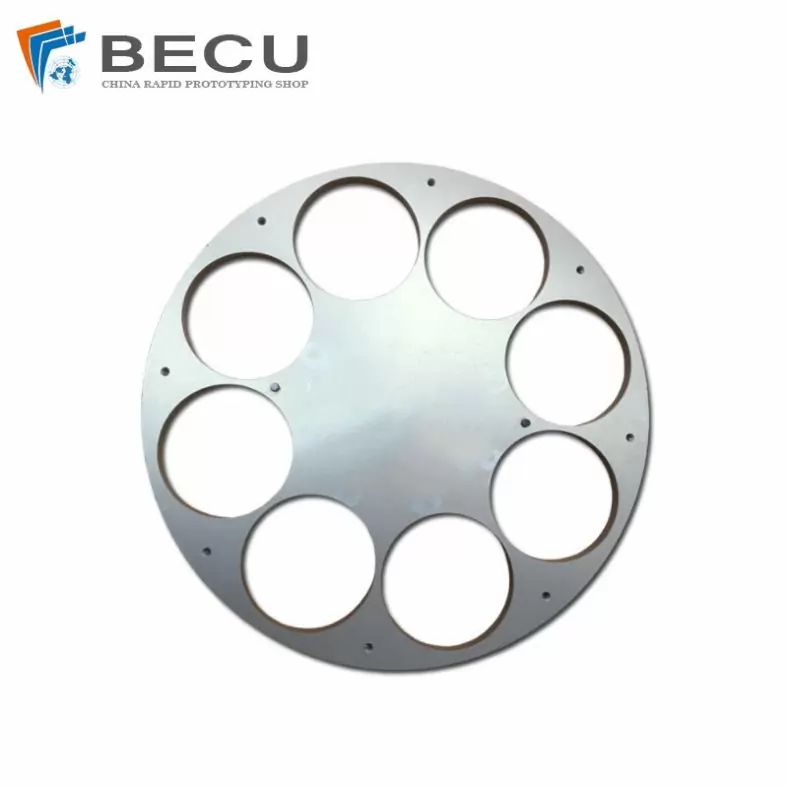
Metal Plating ZrO2 Zirconia Ceramic Parts
-
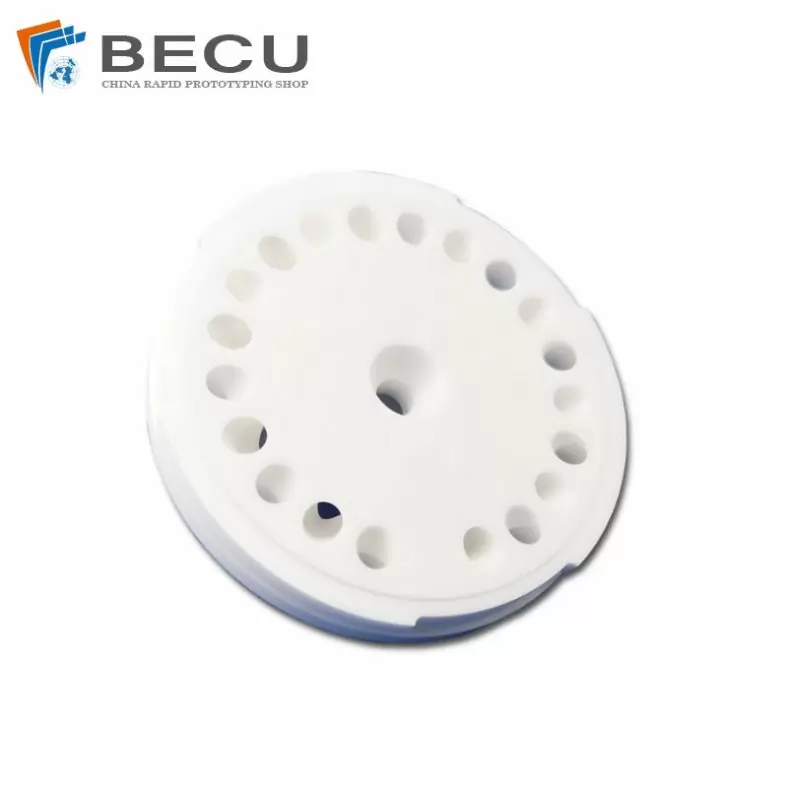
ZrO2 Structural Ceramic Semiconductor Parts
-

Alumina Ceramic Screw Type Parts
-
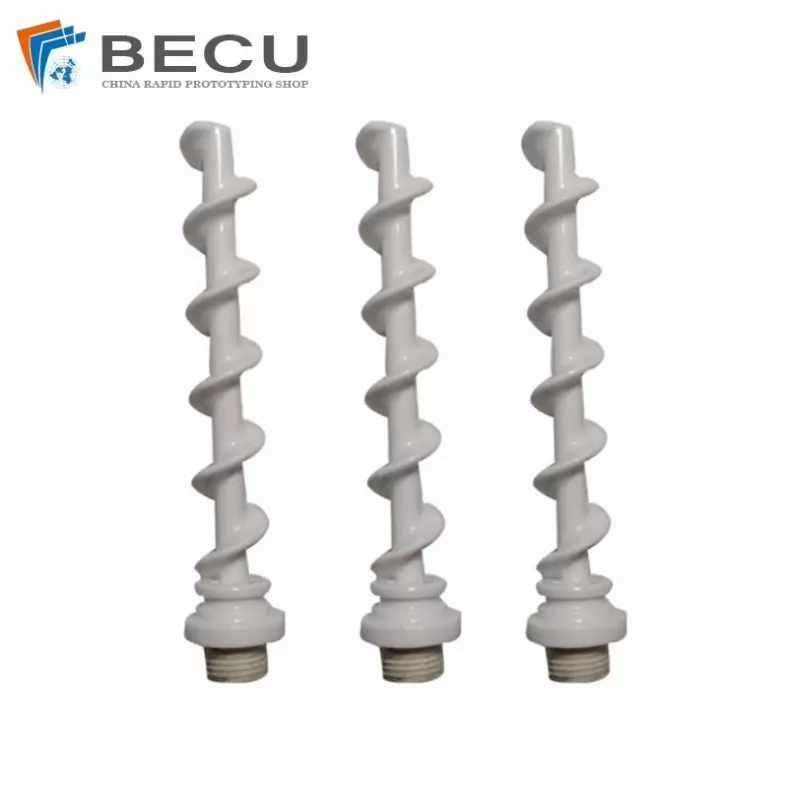
Cnc Machining Alumina Ceramic Screw Heating Pipe
-
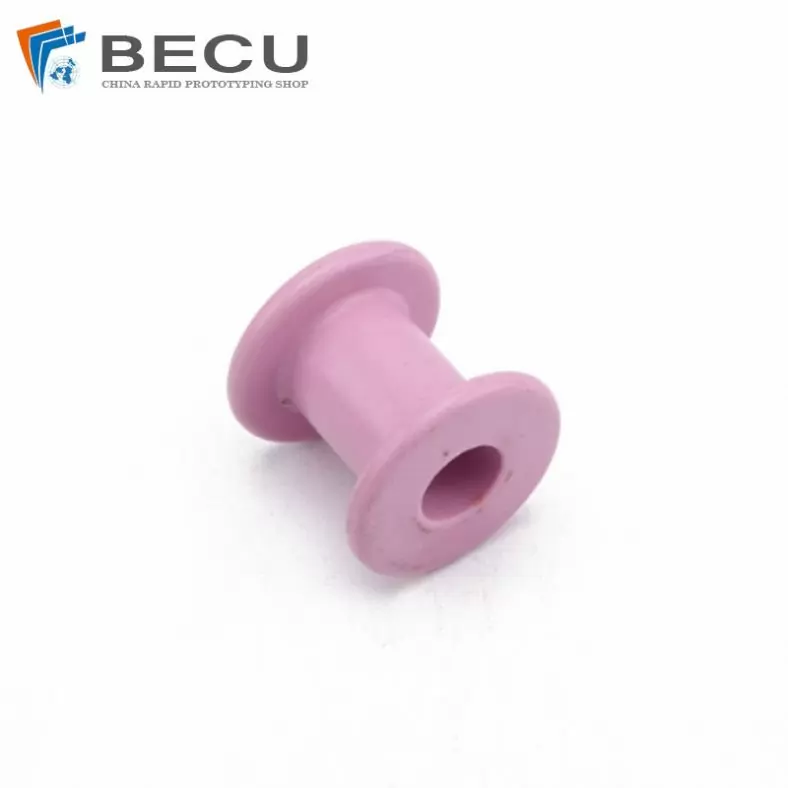
Brushed Fishing Tackle Alumina Ceramic Accessories
-

Winding Machine Alumina Ceramic Wire Wheel
-

Insulation Device Microcrystalline Ceramic Multi-Slot Ceramic Column
-
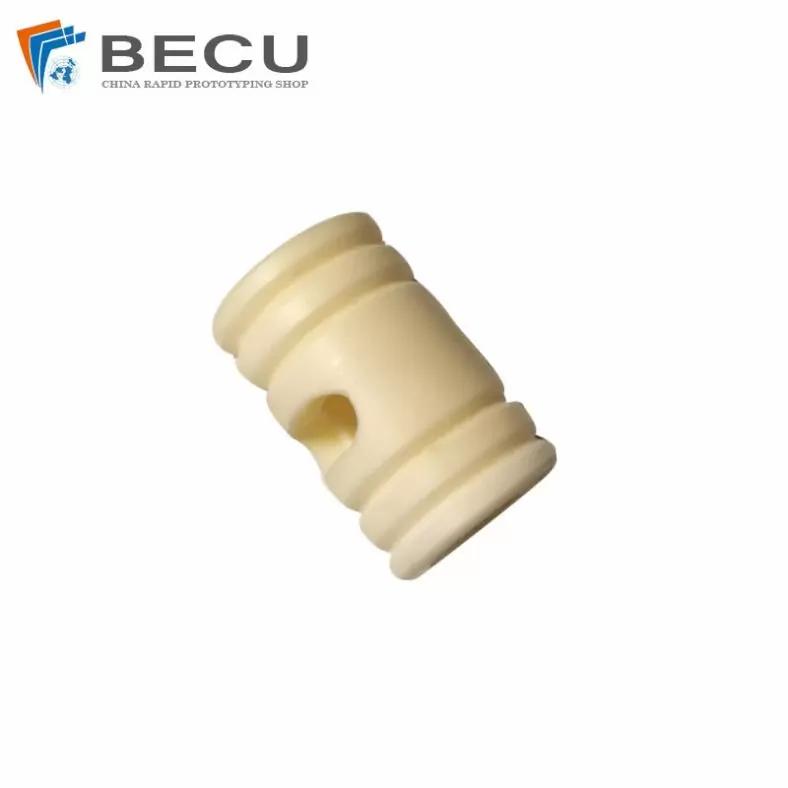
99 Alumina Ceramic Spool Insulator Sleeve
-
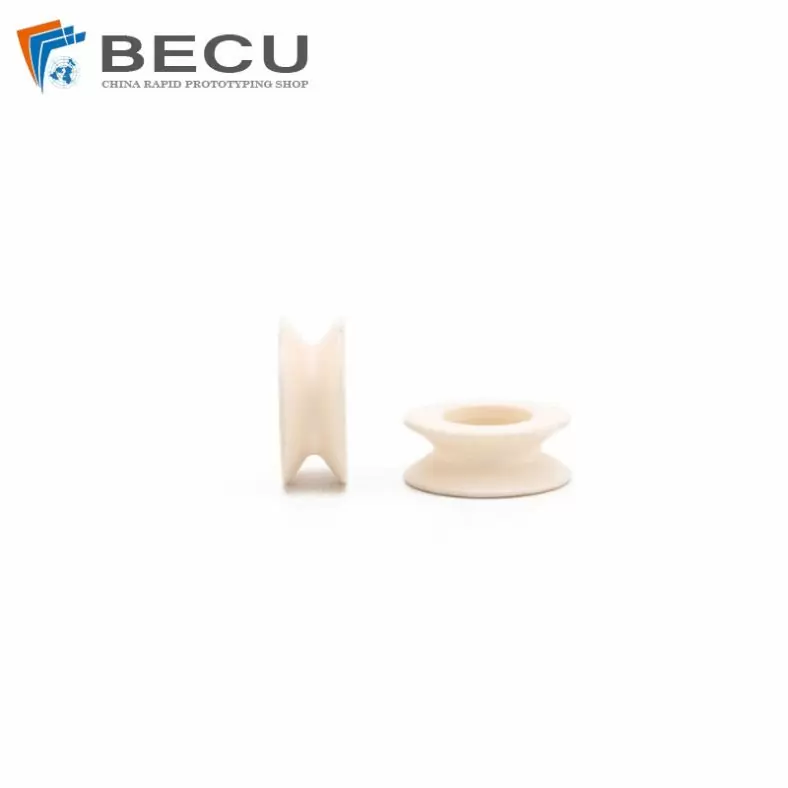
The Alumina Ceramic Ring Of Textile Machine Thread Passing Wheel
-

Isostatic Pressure Insulation Alumina Ceramic Column
